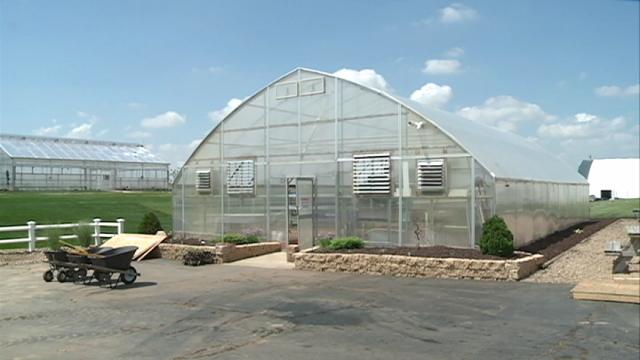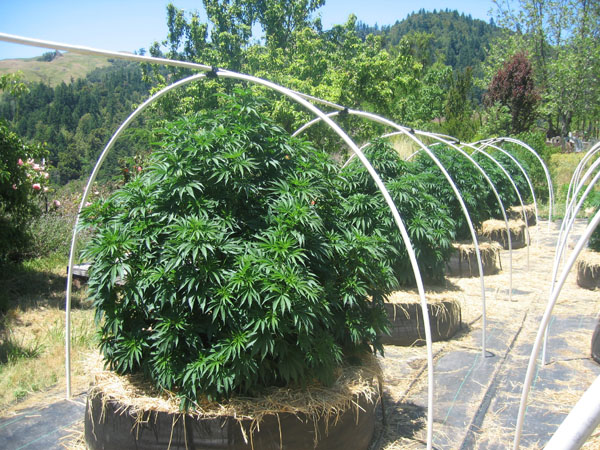Log In To Your Account
Log In With Facebook
There is more to creating great cannabis than dropping some seeds in the ground and waiting a few months. While cannabis is hardy enough to grow in diverse climates and growing conditions, getting a product that is going to win competitions takes time, energy and resources. Growers can spend decades refining their skills to create cannabis that can perform well under scrutiny. Talent will cut down the time needed to learn the ins and outs of cultivation but every grow is different and even veteran growers can experience unexpected problems.
Depending on climate, growing season and local regulations, growers have a choice between several varieties of lighting as well as nutrient delivery. The exact ratio of micro and macro nutrients, the photoperiod and even the style of plant training are all variables in the growing process and can affect different aspects of the final product.
Lighting can take the form of outdoor direct sunlight, greenhouse indirect sunlight and indoor artificial light. Artificial light may be used in any grow but natural light is not good to have in a primarily artificially lit operation due to the difficulty of preventing light leaks during certain parts of the flowering process.

Nutrient delivery options include soil, hydroponic and other. Soil systems are the most stable and can provide the most room for root growth if used outdoors while hydroponics (hydro) provide the most accurate way to deliver nutrients. Other systems may incorporate additional elements like adding fish to a hydro grow to make an aquaponics system. These systems can be seen as experimental and may not be achievable or cost-effective for most grow operations and growers in general.
Soil can be fortified with chemical nutrients or organic compounds to provide the long term nutrients like phosphorous, nitrogen and carbohydrates that the cannabis plant uses during its life cycle.
Hydro options eschew the soil and provide nutrients directly to exposed roots. These systems are much more sensitive to change and require more care to maintain but the crops they produce can be significantly larger than plants grown in soil.
There are a variety of other techniques that combine or exclude any given part of the process. The intrepid growers using these techniques risk failed crops and tainted product if done wrong and untold rewards if done right.
Besides nutrients, a grower needs to know how to deal with common pests and diseases that can affect a crop. These include molds, nutrient lock and mites as the most common sights. With the diversity of nature and the popularity of cannabis, a smart grower will learn what threats are in the local area and take measures to prevent inviting an attack. If you grow long enough you will get an infestation of something, the only real question then is how you get rid of it.
Choosing to douse the plants in insect killer in vegetative growth won’t put any harmful chemicals directly on the buds because they have not begun to form at that point. Once in the flowering stage, the options for safely removing pests or stopping mold become severely limited. Since labs have to test for molds and pesticides, having either in your bud room is dangerous from many perspectives.

Natural remedies include introducing predatory insects like ladybugs and more than a few praying mantises’ to the garden. Growers may also dip their plants in a special solution when harvesting to help prevent mold growth during the curing process. Investigation into all natural ways to combat plant threats can produce a surprising amount of options.
Artificial remedies include the afore mentioned insect killer and a myriad of chemical baths or powders that can treat indoor crops or vast outdoor plantations more efficiently than all-natural methods. The tradeoff is that the decontamination process is slightly more involved. It is important to note that artificial and natural methods both have risks and can pass or fail a laboratory test if the grower does not take adequate steps to ensure a safe product is being produced.
Harvesting can be done in one of two main ways; plant harvest and selective harvest. Plant harvest takes the whole plant at once and processes it quickly, often in a single day. Selective harvest takes longer than whole plant but has a more consistent quality across individual buds. By only taking the flowers that are ready, the selective harvester encourages the cannabis plant to put all of its efforts into the remaining flowers and can make them bigger than they would be if harvested all at once.
Getting optimal Cannabis yields takes special skill and up-to-date information—and we’ve got it all right here! CannaFo.com has organized vast resources from the growing community into an easy-to-use format so you can plan for a bumper crop, diagnose problems and find cures. We have the resources you need to dial in your environmental conditions for indoor, greenhouse and outdoor cultivation.

Cannafo news administration team.